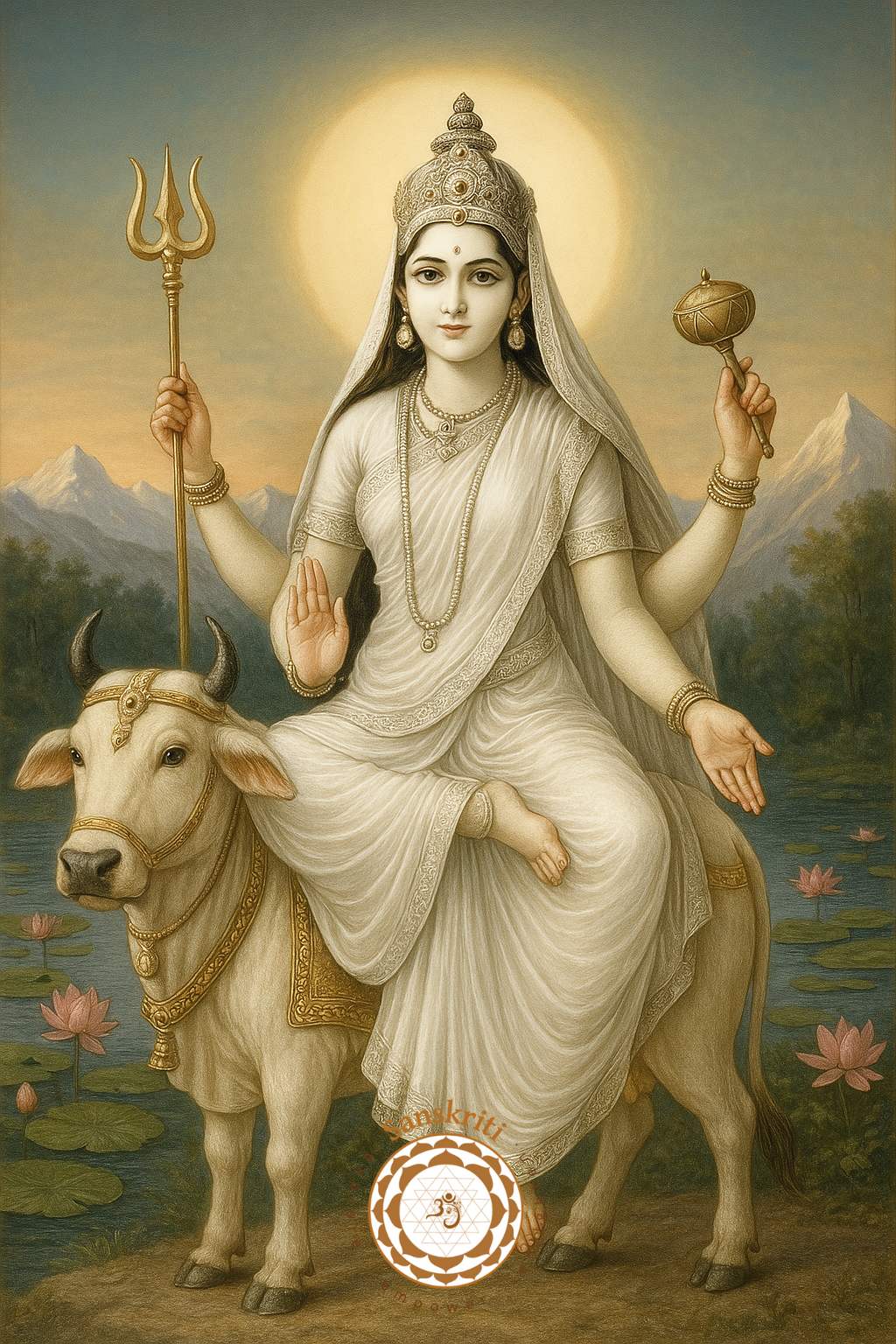Hinduism projects nature as a manifestation of the almighty and that He permeates all beings equally. The entire Hindu pantheon is intrinsically associated with one aspect of nature or the other. The Hindu Vedas, Puranas, Upnishads, Ramayana, Mahabharata and other earliest of extracts of the religion extensively exhibit holistic cosmic vision with strong environmental ethics and consistent emphasis on preservation of ecological balance. The religion shows deep respect for all elements of Earth and projects the Universe as an assortment of divine entities, and not hostile features to be conquered or dominated. Indeed, Hinduism is widely acknowledged as a highly environmentally sensitive religion.
 No other religion perhaps places as much emphasis on nature worship as Hinduism. The philosophy is designed to inculcate a very strong environmental conscience, rendering Hinduism a leading contender for being the most environment-friendly religion in the world.
No other religion perhaps places as much emphasis on nature worship as Hinduism. The philosophy is designed to inculcate a very strong environmental conscience, rendering Hinduism a leading contender for being the most environment-friendly religion in the world.
The basic premise of the religion is that man co-exists with other forms of beings in a system where everything is interdependent and flow of energy is cyclic. It upholds the Earth as Divine Mother and all livings beings are her “equal” offspring.
(The Prithvi Sukta in Atharva Veda states):
|| Mata Bhumih Putroham Prithivyah ||
My Mother is Earth and I am Her son
The 330 million gods in Hinduism permeate the entire unlimited world of nature (regardless of geographical frontiers), underlining its fundamental doctrine that God exists in the heart of all beings. Hence, India has a vas t network of holy shrines – seven holy rivers, seven holy mountains, several sacred cities, sacred plants and trees – a pervasive divine presence is what Hinduism emphasizes on across its religious texts, be it Vedas, Upanishads, Puranas, Smriti, Bhagavad Gita, Ramayana or Mahabharata.
The much adored Hindu deity Lord Krishna in Bhagavad Gita makes various mentions of  His oneness with Nature. For instance, the sloka 20 of Chapter 10 reads,
His oneness with Nature. For instance, the sloka 20 of Chapter 10 reads,
“I am the Self seated in the heart of all creatures. I am the beginning, the middle and the very end of all beings. All beings have, therefore, to be treated alike.”
In another verse, Lord Krishna says,
“I pervade the Universe. All objects in the Universe rest on me as pearls on the thread of a garland.”
The religion hence imbibes and encourages ecological ethics among its devotees. Country as ‘Mother land’ and nature’s five elements – Air (Vayu), Fire (Agni), Water (Jal), Space (Vyom) and Earth (Prithvi) – as the constituents of body matter of all living beings – the religion instills an innate sense of oneness between all things, let alone just living beings. This lays a strong foundation for vegetarianism and preservation of e cological sanctity.
Hinduism and Plant Life
An evergreen tree in Hinduism is a symbol of eternal life and cutting one down invites fury of the gods.
Wilderness is the favorite abode of the divine and Banyan tree of all is the holy tree where saints like to sit in a state of trance to attain summits of supreme knowledge and achieve eventual enlightenment.
Varah Purana says,
“A person who plants at least one Neem tree, one Peepal tree, One Banyan tree, two Pomegranates, five mangoes, two oranges, and any ten flowering shrubs, including creepers, shall never go to hell.”
In fact, Banyan, Neem, Peepal, Basil (Tulsi) and Bel are regular features in the compounds of any Hindu temple. While Bel is an integral part of the paraphernalia for worshipping Lord Shiva, Banyan and Peepal trees are regularly worshipped as pious trees by the devotees in Hindu temples. Basil (Tulsi) is one of the most revered of shrubs in Hinduism. Grasses such as kusha and durba are also hallowed, of which Kusha, in particular, is offered to Lord Ganesha (Elephant God) during prayers. Another fruit that is an integral part of Hindu religious ceremonies for offering is Coconut.
The tradition of worshipping Peepal tree seems to have existed even during the time of Indus Valley civilization. A seal recently extracted from an excavation site belonging to the era bears testimony to the fact.
Hinduism and Animal Life
According to Padma Purana, a prominent Hindu scripture:
“A person who is engaged in killing creatures; polluting ponds, wells and tanks and destroying gardens, certainly goes to hell.”
On identical lines, Hindu scriptures state that all the persons who roast a bird are wicked and all their worshipping, including by way of bathing in rivers, undertaking yagnas and going on pilgrimages, is useless.
According to Hindu epic Mahabharata, the purview of meat-eaters is vast and includes  every one party to the violence. Beside the person who eats the flesh explicitly, everyone right from the person who actually kills the animal/ bird; who sells the flesh; who purchases it; who fetches it or who sends it across; who cuts off the limbs to the one who cooks the flesh are all meat-eaters.
every one party to the violence. Beside the person who eats the flesh explicitly, everyone right from the person who actually kills the animal/ bird; who sells the flesh; who purchases it; who fetches it or who sends it across; who cuts off the limbs to the one who cooks the flesh are all meat-eaters.
Simply put, Hinduism preaches respect for all forms of life and emphasizes on preservation of bio-diversity. The Vedantic philosophy preaches welfare of all creatures and not just the human beings. While loving animals and nature in the West is a personal attitude, it is a way of life and a moral obligation with a stout devotee of Hinduism.
Widely revered as “Go-Mata” (Cow Mother) and “Kamadhenu” (the wish fulfilling animal in Hindu Scriptures), Cow in Hinduism is regarded as a particularly sacred animal, so much so that protecting cow is a principal duty of any Hindu devotee. Besides, various animals and birds have also been proclaimed as demi-gods by way of associating them with various Gods as their vehicles or helpers or symbols. For example, Trinity God Lord Shiva invariably wears a snake in his neck and rides a bull; Lord Vishnu rides a Garuda (eagle) and Lord Brahma sits on a swan. Not to forget, monkeys, bears and vultures help Lord Rama conquer demon Ravana in the Hindu epic Ramayana.
Hinduism and Nature
Hinduism is a religion of anyone who lives in harmony with nature. The religion finds a sacred place every where; where ever there is a river, a mountain, a big tree, a large rock, a geyser, a cave or any natural and unusual phenomenon – citing a divine presence further reinforced by utter fascination and respect for nature and its multifarious features.
~ Team GangesIndia











